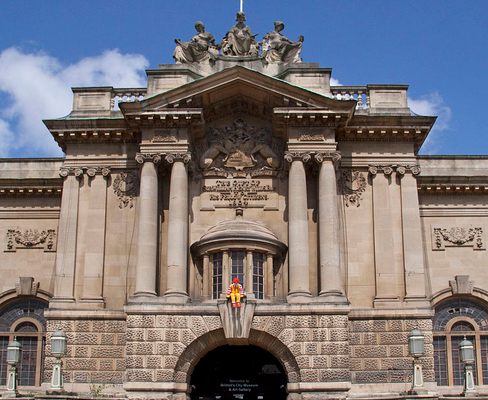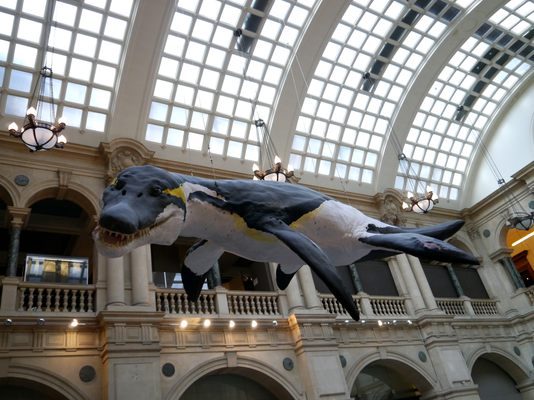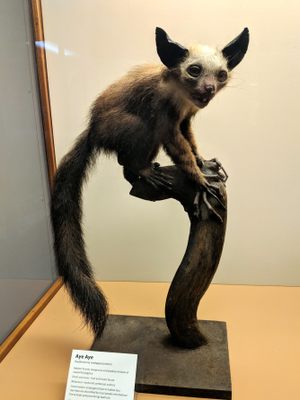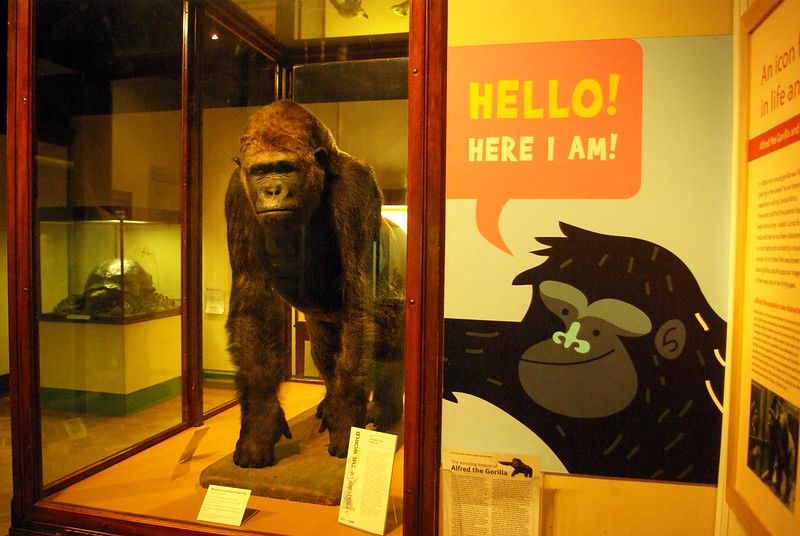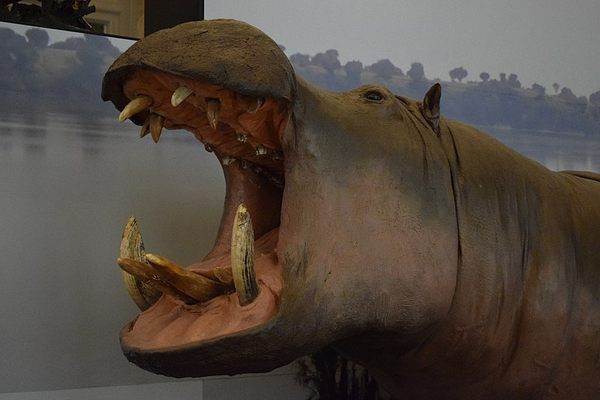About
Inside this neoclassical Victorian building resides one of Britain's oldest museums. The first floor is dedicated entirely to a natural history collection of amazing variety.
The Bristol Museum's natural history collection consists of paleontological and geological specimens, as well as botanical and skeletal exhibits. However, it's the taxidermy specimens that leave visitors in awe. Among the collection is an impressive, yet eerie aye-aye lemur from Madagascar, the extinct Tasmanian thylacine, and a snarling Bengal tiger shot by King George IV on a hunting expedition to Nepal in 1911.
The most famous of the museum's animals is undoubtedly Alfred the gorilla. Alfred was a Western lowland gorilla captured as an infant and purchased by the Bristol Zoo in 1930. Alfred was the star attraction throughout the decade, particularly during World War II. Local families would often visit the zoo just to see animal.
After his death in 1948, Alfred was mounted as a taxidermy specimen by famous taxidermist Rowland Ward to be displayed at the museum. He has remained at the Bristol ever since, albeit for a short interval during the 1950s when he was stolen as a prank by a group of local students.
Related Tags
Know Before You Go
The Bristol Museum is open Tuesday to Sunday from 10 a.m. to 5 p.m. and entrance is free. The natural history section of the museum can be found on the first floor.
Community Contributors
Added By
Published
October 29, 2019

